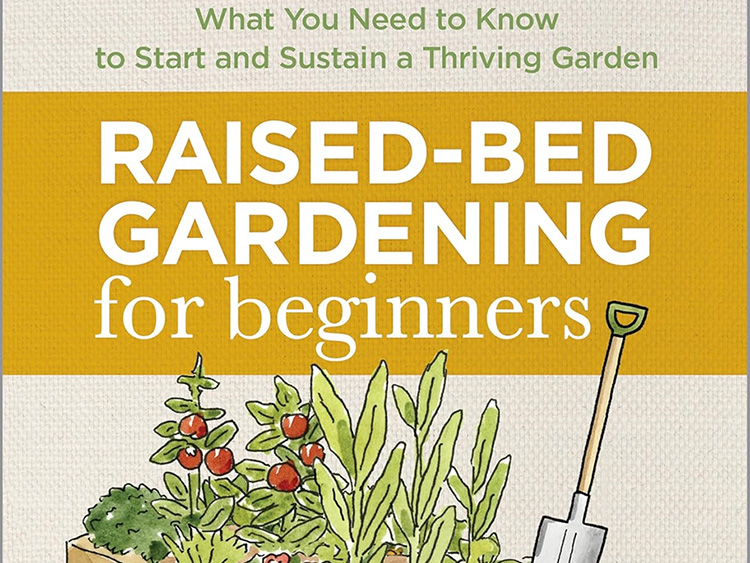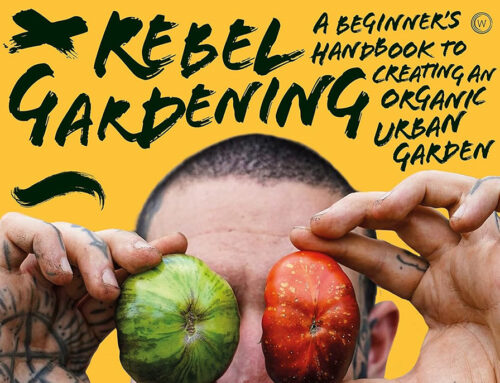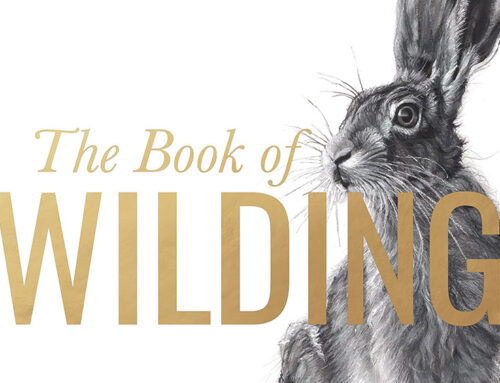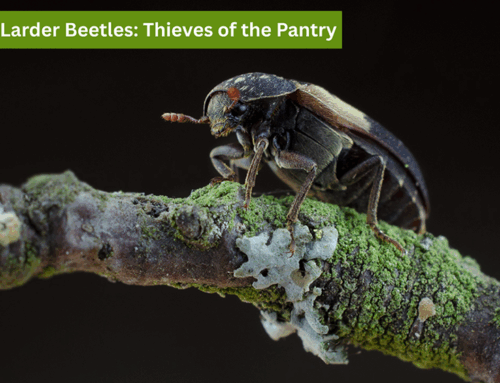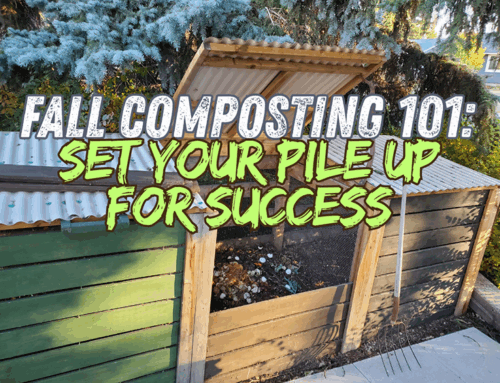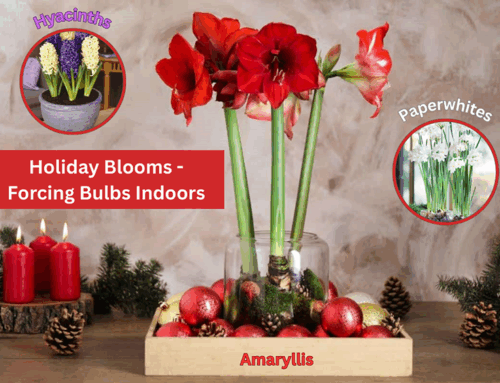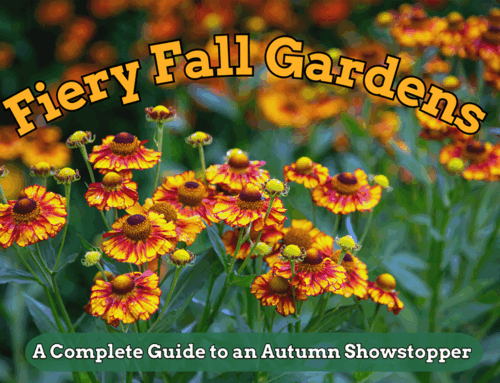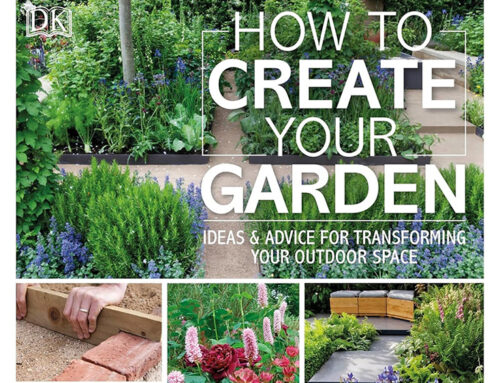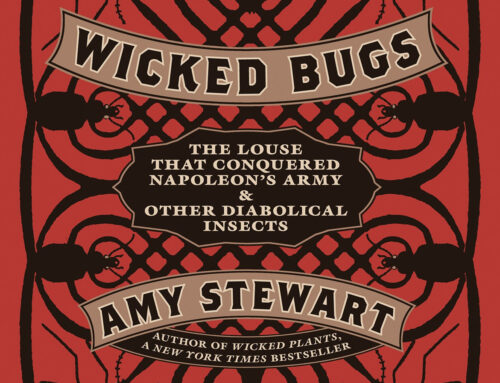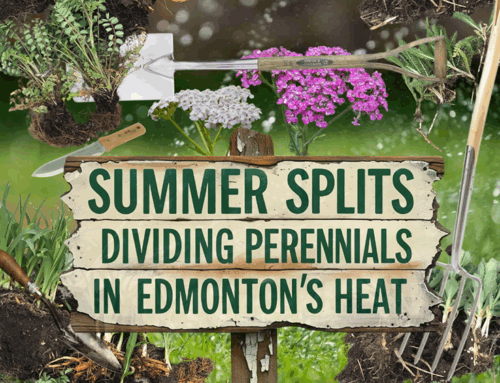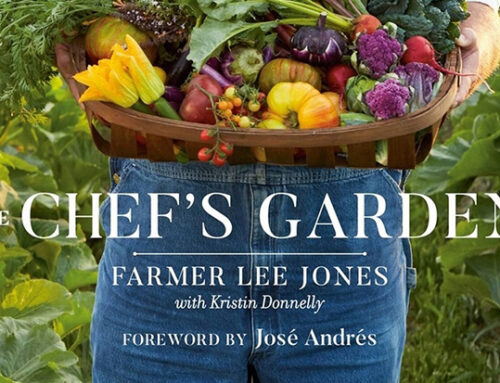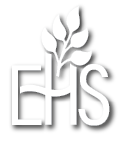Book Review: Raised-Bed Gardening for Beginners
Reviewed by Brett Kerley
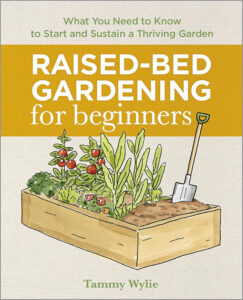 Wylie, Tammy. Raised-Bed Gardening for Beginners: Everything You Need to Know to Start and Sustain a Thriving Garden. Callisto Publishing / Rockridge Press, 2019 ISBN-13: 978-1-64152-509-1 Pages: 142
Wylie, Tammy. Raised-Bed Gardening for Beginners: Everything You Need to Know to Start and Sustain a Thriving Garden. Callisto Publishing / Rockridge Press, 2019 ISBN-13: 978-1-64152-509-1 Pages: 142
The book is a beginner’s guide to raised-bed gardening. It covers:
- Planning and constructing raised beds (how to build beds, what materials to use)
- Soil mixing and maintenance (how to prepare soil, replenish nutrients)
- Crop rotation, companion planting, seed starting, etc.
- Plant profiles: 30 plants that are “beginner-friendly,” with details about sun/soil requirements, harvest tips, common pitfalls etc.
The writing is generally simple and the text is well-illustrated and visually appealing. There are charts, photographs, diagrams, plant profiles, etc. The book does not go deeply into more advanced topics (e.g. detailed soil microbiology, advanced pest/disease diagnosis, or cold climate winterization) because its aim is to orient beginners.
Strengths from an Edmonton Gardener’s Perspective
Edmonton is Zone 3/4, with a relatively short growing season, cold soil, frost risk late in spring/early in fall, potential for soil freezes, etc. Here are what I think are the parts of this book that work well, and what gardeners here might need to supplement.
What works well:
- Raised beds help a lot in Edmonton. The book’s focus on building beds, improving soil quality, and warming soil earlier in spring is directly relevant. Raised beds warm up faster and reduce problems with waterlogging, which is helpful with heavy soils
- Soil mixing / soil amendments. The book’s sections on soil preparation are helpful. It covers what to mix and how to get good soil in a raised bed. For Edmonton gardeners, adding compost, managing soil texture, organic matter etc., is essential because many yards have clay, or low organic content.
- Choosing beginner-friendly crops. The plant profiles are useful. Edmonton gardeners should focus on crops that mature in a shorter season, that are hardy, cold tolerant, or that can handle cooler soils. If the plant profiles include many that are good with modest heat and quick to harvest, that is a strength. Even if some of the profiles are more suited to warmer climates, the format helps you compare which plants are more or less at risk.
- Practical, doable instruction. For someone who wants to get started without expensive tools or specialized infrastructure, the book is good. The step-by-step instructions for building raised beds etc. are useful in a DIY context in Edmonton, where resources may be seasonal, and budgets matter.
- Visual layout makes referencing easy. The plant guides, companion planting charts, etc., help when planning the garden bed in spring, mapping what to grow, when to start seeds etc.
Weaknesses / Limitations for Edmonton Gardeners
There are several places where the guide is less sufficient, or where extra information is needed when gardening in Edmonton’s climate and context.
- Cold winters and frost risk. The book gives general advice but does not deeply cover winterization of raised beds, protecting beds and soil over long cold winters, dealing with freeze-thaw cycles, or planning for early/late frosts. You’ll need supplemental reference or localized data.
- Growing season length & plant hardiness. Some of the plant profiles might assume conditions easier than ours. Some crops that in warmer climates produce heavily may underperform or fail without careful timing, variety selection, or favourable microclimates. The book’s profiles help, but may not always emphasize the limitations in cooler short-season zones.
- Pest & disease details for harsh / variable climate. The book gives general common pitfalls, but not always in depth for cold climate stress, or the consequences of sudden temperature swings, or high UV, or short intense summer bursts.
- Materials & costs in a cold climate context. The advice on materials assumes ready access to materials that may be less common in Canada. They don’t fully address issues like wood durability in freeze-thaw cycles, wood that holds up, soil that doesn’t compact or settle badly, etc.
- Season extension tools & techniques. Edmonton gardeners often extend the season using cold frames, cloches, greenhouses, and/or row covers. While Wylie has experience with greenhouses, the focus in this book is more on raised beds, so those auxiliary tools are less emphasized.
Practical Recommendations for Using This Book in Edmonton
Here are some tips to get the most out of this book in Edmonton:
- Use local frost date calendars. The book lists general planting windows, but always check Edmonton’s last frost / first frost dates (often late May / early June, and first frost early September). Adjust seed starting / transplant dates accordingly.
- Choose plant varieties suited to Zone 3 or 4. Prefer shorter-season varieties, cold-tolerant greens, root crops, etc. Use the plant profiles to compare, but cross-check with seed catalogue variety descriptions.
- Amend soil heavily with compost and organic matter. Edmonton soil tends to be lean or clay-based. Raised beds are great, but you still need good soil.
- Consider insulating sides of raised beds in winter, or moving beds / covers to more sheltered spots; possibly using cold frames or hoop houses to extend the season (perhaps beyond what the book outlines).
- Be cautious with certain materials. Pressure-treated wood and certain plastics can have issues. Check local sources for untreated cedar or other materials that tolerate cold/wet.
- Consider winter soil care: cover crops, mulches, or fall clean-up to prevent soil erosion, compaction, or loss of nutrients over freeze/thaw cycles.
About the Author
Tammy Wylie is a lifelong gardener. She co-founded Advance Greenhouses, selling and installing greenhouses and polycarbonate, and runs a gardening blog, Grow Your Own Food Anywhere. Her experience includes answering many practical questions about greenhouse setups, polycarbonate, garden supplies, etc., and these find their way into her writing.
She is not presented as a formally trained horticultural scientist, but rather as a knowledgeable practitioner with long experience in greenhouse and backyard gardening. Her writing has a very hands-on and accessible flavour.
Conclusion
All told, Raised-Bed Gardening for Beginners is an excellent introductory guide. Its strengths in soil preparation, bed building, plant selection, and its accessible layout make it a reliable first gardening book. It’s a solid foundation but should be supplemented with information from local greenhouses, master gardener groups, etc.
This book can be borrowed from Edmonton Public Library or purchased from local bookstores or online from amazon.ca.

